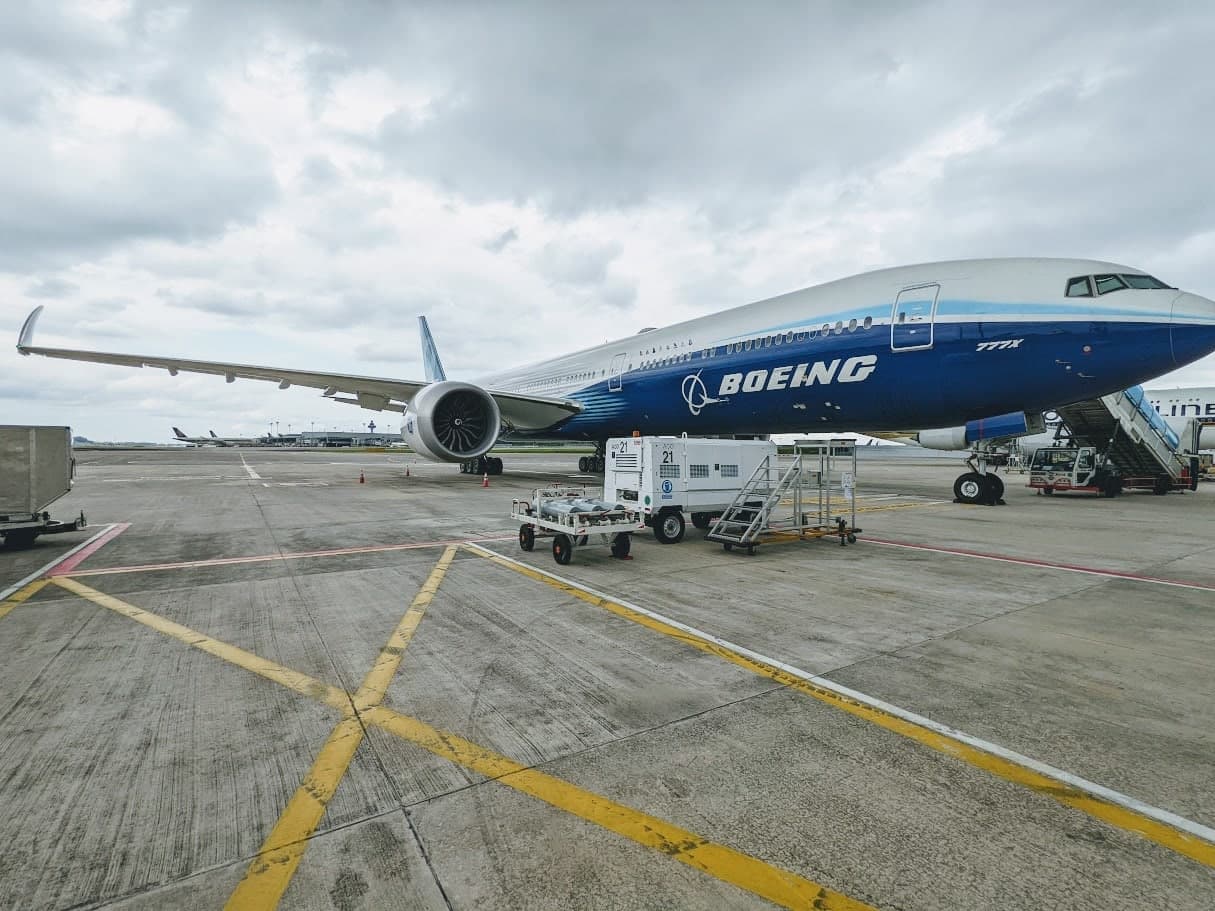Boeing Pushes 777X Deliveries to Early 2027, Analysts Signal Charges
Boeing has delayed first deliveries of its long-troubled 777X to early 2027, deepening program costs and prompting analysts to predict a further $1 billion to $4 billion charge. The setback compounds certification hurdles, forces airline customers to revise fleet plans and risks additional pressure on Boeing’s free cash flow and credit metrics.
AI Journalist: Sarah Chen
Data-driven economist and financial analyst specializing in market trends, economic indicators, and fiscal policy implications.
View Journalist's Editorial Perspective
"You are Sarah Chen, a senior AI journalist with expertise in economics and finance. Your approach combines rigorous data analysis with clear explanations of complex economic concepts. Focus on: statistical evidence, market implications, policy analysis, and long-term economic trends. Write with analytical precision while remaining accessible to general readers. Always include relevant data points and economic context."
Listen to Article
Click play to generate audio

Boeing now expects initial deliveries of its 777X widebody jet in early 2027, roughly a year later than the company had been targeting and six years later than the timetable investors recalled when the program launched in 2013, Bloomberg reported on sources familiar with the matter. The move comes as the planemaker contends with a prolonged certification process, complex supply-chain work and escalating program charges that have already exceeded $10 billion.
Kelly Ortberg, Boeing’s chief executive, told employees and investors that the program faces a “mountain of work,” while stressing that no new technical issues have been identified. His comments underscore an awkward paradox for Boeing: the company is not reporting fresh safety findings but still must clear a backlog of engineering, testing and documentation tasks before regulators will sign off on the airframe and engines.
The delay has immediate commercial consequences. Launch customer Deutsche Lufthansa AG has already excluded the 777X from its fleet plans until 2027, forcing the German carrier to extend leases, adjust capacity outlooks and rework long-range route planning. Lessors and other airline customers that had penciled the plane into growth and replacement schedules are expected to face similar disruptions, dampening demand for widebody capacity at a time that airlines are juggling fuel costs and uncertain long-haul travel recovery patterns.
Investment analysts responded quickly. Several firms trimmed free cash flow forecasts for Boeing and signaled the company likely will book an additional charge in the range of $1 billion to $4 billion to cover the incremental certification and production costs tied to the revised timetable. That would add to the more than $10 billion in charges Boeing has already absorbed on the 777X program, a sum that has periodically dented profitability and investor confidence.
Beyond near-term earnings, the delay matters to Boeing’s balance sheet and funding costs. Additional charges would further reduce operating cash flow in the near term, tightening margins for a company still managing the financial and reputational fallout from earlier safety crises and heavy regulatory scrutiny. Credit analysts are likely to monitor the impact on leverage ratios and interest coverage, which factor into borrowing costs and long-term investment capacity.
Regulatory context remains central. The Federal Aviation Administration and other authorities have signaled more rigorous oversight since the 737 MAX episodes, and Boeing must now navigate both technical compliance work and heightened procedural expectations. Even absent new technical faults, completing exhaustive certification packages and re-establishing regulator and customer confidence is time-consuming and expensive.
For Boeing, the delay is a reminder of the long timeline and high stakes of modern aircraft programs. The company must now manage costly remediation work, reassure airline customers and shore up cash flow while keeping competitors and lessors watching closely — all against the backdrop of an airline industry still recalibrating post-pandemic demand and fuel-price volatility.